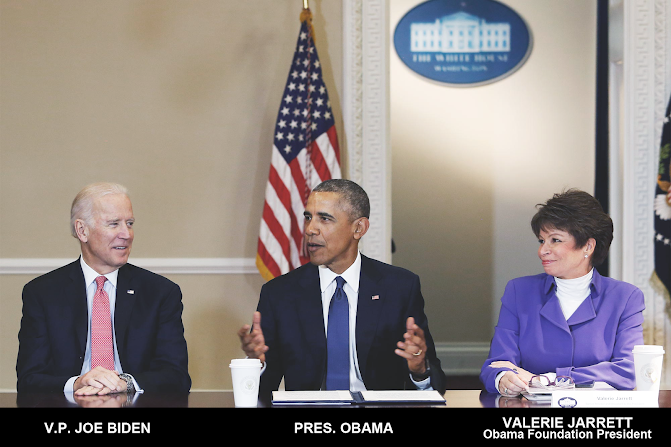SMALL CHICAGO MUSEUMS
Chicago's small museums hold a unique place in the city's cultural tapestry. They offer niche collections and intimate experiences that complement the offerings of larger institutions. While some have long-established histories, others have emerged more recently, adding to the diversity of Chicago's cultural landscape.
A Rich Museum History
The History of Dime Museums in Early 20th-century Chicago, Illinois. Harry Houdini performed at Dime Museums so often that he got the nickname "Dime Museum Harry." Dime Museums were one of the lowest rungs on the showbiz ladder, sometimes not much more than a storefront with a mix of sideshow acts, macabre curios, and freaks.
The history of small museums in Chicago dates back to the late 19th and early 20th centuries, a period when the city experienced rapid growth and industrialization. As the city's population expanded and diversified, so did its cultural interests. This led to the establishment of numerous small museums dedicated to specific topics or communities.
The Dime Museum's social trend peaked during the Progressive era (ca. 1890–1920)
One of the earliest examples is the Institute for the Study of Ancient Cultures Museum, located at 1155 East 58th Street in Chicago. Founded in 1919 at the University of Chicago, the museum initially served as a research institution focused on ancient Near Eastern civilizations. It soon opened its doors to the public, showcasing artifacts from Mesopotamia, Egypt, and other regions. The museum's collection continued to grow throughout the 20th century and remains a significant resource for scholars and enthusiasts.
Another early example is the DuSable Black History Museum and Education Center, founded in 1961. Located in the city's South Side, it became the first institution in the United States dedicated to preserving and interpreting African American history and culture. The museum's collection comprises artifacts, documents, and works of art that chronicle the contributions of African Americans to society. It's in Washington Park, 740 E. 56th Pl., Chicago.
Griffin Museum of Science and Industry:
Griffin Museum of Science & Industry - 18-Foot Walk-Through Heart Display.
Griffin Museum of Science & Industry was renamed the Griffin Museum of Science & Industry.
Griffin Museum of Science & Industry was renamed the Griffin Museum of Science & Industry.
Evolution and Expansion
In the following decades, Chicago's small museum scene continued to evolve and expand. The city's diverse neighborhoods became home to museums dedicated to specific ethnic groups, such as the Polish Museum of America and the National Museum of Mexican Art. These institutions celebrated the cultural heritage of their respective communities and served as centers for education and community engagement.
Chicago also saw the emergence of institutions dedicated to specific interests or topics. The International Museum of Surgical Science, founded in 1954, houses a collection of medical artifacts and instruments that trace the history of surgery. The Busy Beaver Button Museum, established in 2005, is a quirky and unique institution that celebrates the history and artistry of pinback buttons.
The 21st Century and Beyond
In recent years, Chicago's small museum scene has continued to thrive, with new institutions opening their doors and established ones finding innovative ways to engage audiences. The American Writers Museum, founded in 2017, features interactive exhibits that delve into the lives and works of American authors. The National Veterans Art Museum, founded in 1981, provides a platform for veterans to express their experiences through art. The Art Institute of Chicago, founded in 1879, was established as both a museum and a school for the fine arts, marking a critical era in Chicago's history as civic energies were devoted to rebuilding the metropolis that had been destroyed by the Great Fire of 1871.
The Money Museum at the Federal Reserve Bank of Chicago, 230 South La Salle Street.
Compiled by Dr. Neil Gale, Ph.D.





























































